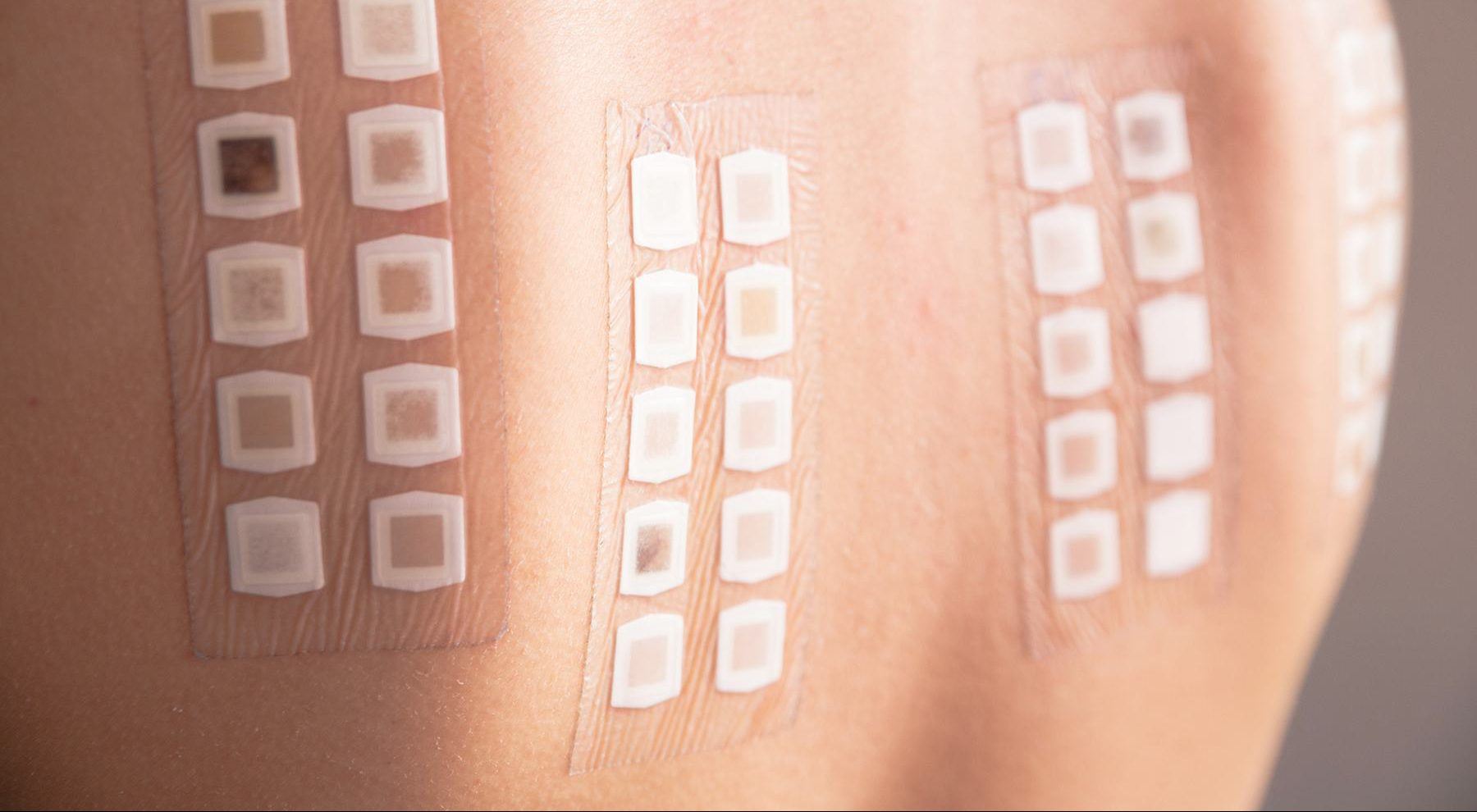The Appointments
The first appointment will take about half an hour. Tiny quantities of 70 materials in individual square plastic or round aluminum chambers are applied to the upper back. They are kept in place with special hypoallergenic adhesive tape. The patches stay in place undisturbed for 72 hours. You may take antihistamines during the 72 hrs, but not oral steroids. You will return at 72 hrs to get patch test reading.
At the second appointment, usually three days later, the patches will be removed. The back is marked with an indelible black felt tip pen or other suitable marker to identify the test sites.
Patients need to be prepared to stay dry for the entire time the patches are in place (no shower, no sweating).
